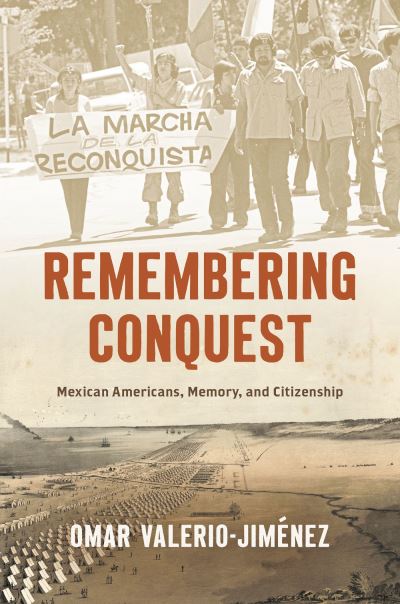Politically, Remembering the Conquest highlights the contested nature of memory. Invoking the failure of the Treaty of Guadalupe Hidalgo, Chicano activists of the 1960s and 1970s established a nearly exhaustive list to add to the collective memory of conquest. Antiwar protestors echoed the previous generation’s positions (espoused by ANMA), concerning the hypocritical nature of the United States’s foreign involvement in promoting democracy. How could the United States, which long oppressed Mexican Americans, support democracy abroad? At the same time, marginalized communities continued to advocate for civil rights domestically. For 24 days, members of the Brown Berets occupied Santa Catalina Island, part of the Channel Islands off California’s coast. The activists argued that article 5, which demarcated the new boundaries of the US and Mexico, did not include the Channel Islands. From the island, the activists argued that the subordination of Mexicans was the result of a failure to enforce the treaty and lent justification to their continued struggle for civil rights.
However, this strategic deployment of the trauma of the conflict was highly selective. In remembering themselves as the conquered, Mexican Americans often omitted their role in removing—often forcibly—Indigenous communities on the far northern frontier of Mexico. In their testimonios, Californian elites—or Californios—recalled the treaty’s failed promises as they witnessed their estates and influence dwindle. But in remembering their experiences as conquered people, these elites expressed a “strategic amnesia” in their positions “as conquerors of Indigenous nations.” This amnesia extended into contradictory actions for generations as well. While critical of US expansionism, novelist Ruiz de Burton married a military officer and active participant in the system that Burton admonished. As Valerio-Jiménez argued, de Burton’s literary career highlighted the conflation of class and the contradictory notion of the failure of the treaty while retaining an opportunity for integration as full citizens.
While some individuals leverage the treaty to argue for their belonging in the United States, the war is also invoked to decry the “invasion” and “reconquest” of the Southwest by immigrant restrictions and xenophobic forces domestically. Anthropologist Leo Chavez documented the prolonged rise of what he termed the Latino threat narrative, or the presentation of Latino immigrants as a fundamental threat to US society. In remembering the war, these anxieties view the changing demographics of the United States as the next battle in the “unending” Mexican-American War.
Today, immigrant rights advocates continue to invoke the experience of conquest in advocating for their belonging to the United States. However, it is also a historically rich invocation of the collective war memories of 1848. As Valerio-Jiménez documented, these invocations represented “unfulfilled promises” for Mexican Americans.
